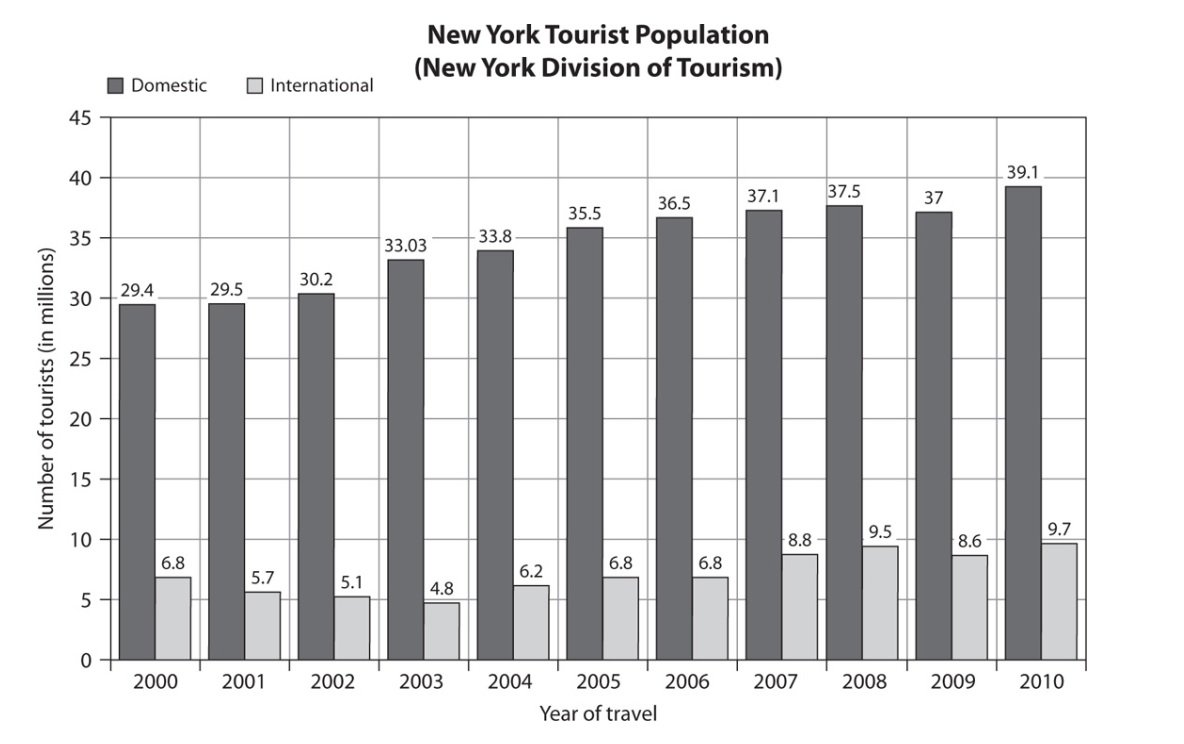Events & Promotions
|
|

GMAT Club Daily Prep
Thank you for using the timer - this advanced tool can estimate your performance and suggest more practice questions. We have subscribed you to Daily Prep Questions via email.
Customized
for You
Track
Your Progress
Practice
Pays
Not interested in getting valuable practice questions and articles delivered to your email? No problem, unsubscribe here.
- Nov 18
11:00 AM PST
-12:00 PM PST
Join us in a live GMAT practice session and solve 30 challenging GMAT questions with other test takers in timed conditions, covering GMAT Quant, Data Sufficiency, Data Insights, Reading Comprehension, and Critical Reasoning questions. - Nov 22
11:00 AM IST
-01:00 PM IST
Do RC/MSR passages scare you? e-GMAT is conducting a masterclass to help you learn – Learn effective reading strategies Tackle difficult RC & MSR with confidence Excel in timed test environment - Nov 23
11:00 AM IST
-01:00 PM IST
Attend this free GMAT Algebra Webinar and learn how to master the most challenging Inequalities and Absolute Value problems with ease. - Nov 25
10:00 AM EST
-11:00 AM EST
Prefer video-based learning? The Target Test Prep OnDemand course is a one-of-a-kind video masterclass featuring 400 hours of lecture-style teaching by Scott Woodbury-Stewart, founder of Target Test Prep and one of the most accomplished GMAT instructors.
Kudos
Bookmarks
Dropdown 1: positive
Dropdown 2: 25
Be sure to select an answer first to save it in the Error Log before revealing the correct answer (OA)!
Difficulty:
 25%
(medium)
25%
(medium)
Question Stats:
73% (01:39) correct 27%
(02:06)
wrong
27%
(02:06)
wrong  based on 404
sessions
based on 404
sessions
History
Date
Time
Result
Not Attempted Yet
In 2010, New York was the number one tourist destination in the United States. After achieving this ranking, city officials set a goal of hosting 50 million visitors in the 2012 tourist season. The graph below shows the number of domestic and international visitors to visit New York between 2000 and 2010. Select the best answer to fill in the blanks for each of the statements below, based on the data shown in the graph.

The relationship between year of travel and number of domestic tourists is best described as .
The number of international tourists in 2010 was closest to % of the number of domestic tourists in 2010.

12 (2).jpg [ 74.75 KiB | Viewed 2506 times ]
The relationship between year of travel and number of domestic tourists is best described as .
The number of international tourists in 2010 was closest to % of the number of domestic tourists in 2010.
Attachment:
12 (2).jpg [ 74.75 KiB | Viewed 2506 times ]
ShowHide Answer
Official Answer
Dropdown 1: positive
Dropdown 2: 25
Kudos
Bookmarks
Bismuth83
The first blank wants us to find the relationship i.e., the correlation between year of travel (x-axis) and the number of DOMESTIC tourists (y-axis) which are represented by the dark grey bars.
As we can see, in most cases, the number of tourists increase as the years go by (i.e., increases). Hence, the relationship is POSITIVE.
The second blank wants us to find the CLOSEST percent so approximating values will help us. It wants us to find:
What percent of total number of domestic tourists are equal to the total number of international tourists in the year 2010?
Calculation:
Domestic tourists = 40M (round up)
International tourists= 10M (round up)
Here we are approximating values.
10M/40M *100 = 25%
ANSWER:
1. POSITIVE
2. 25%
poojaarora1818
Joined: 30 Jul 2019
Last visit: 18 Nov 2025
Posts: 1,543
Own Kudos:
Given Kudos: 3,420
Location: India
Concentration: General Management, Economics
Schools: Duke '26 Haas '26 Kelley '26 Kellogg '26 McDonough '26
GPA: 3
WE:Human Resources (Human Resources)
Kudos
Bookmarks
Solution:
1. The relationship between the year of travel and the number of domestic tourists is best described as Positive.
As we can see, domestic tourists increase with the years of travel. So, pretty straightforward.
2. The number of international tourists in 2010 was closest to 25% of the number of domestic tourists in 2010.
Let's say the number of international tourists in 2010 is X and the number of domestic tourists in 2010 is Y.
So,\(\frac{ X}{Y} \)* 100 =\(\frac{ 9.7}{39.1}\) * 100 = 24.8 \(\approx{25}\)
1. The relationship between the year of travel and the number of domestic tourists is best described as Positive.
As we can see, domestic tourists increase with the years of travel. So, pretty straightforward.
2. The number of international tourists in 2010 was closest to 25% of the number of domestic tourists in 2010.
Let's say the number of international tourists in 2010 is X and the number of domestic tourists in 2010 is Y.
So,\(\frac{ X}{Y} \)* 100 =\(\frac{ 9.7}{39.1}\) * 100 = 24.8 \(\approx{25}\)
Bismuth83










